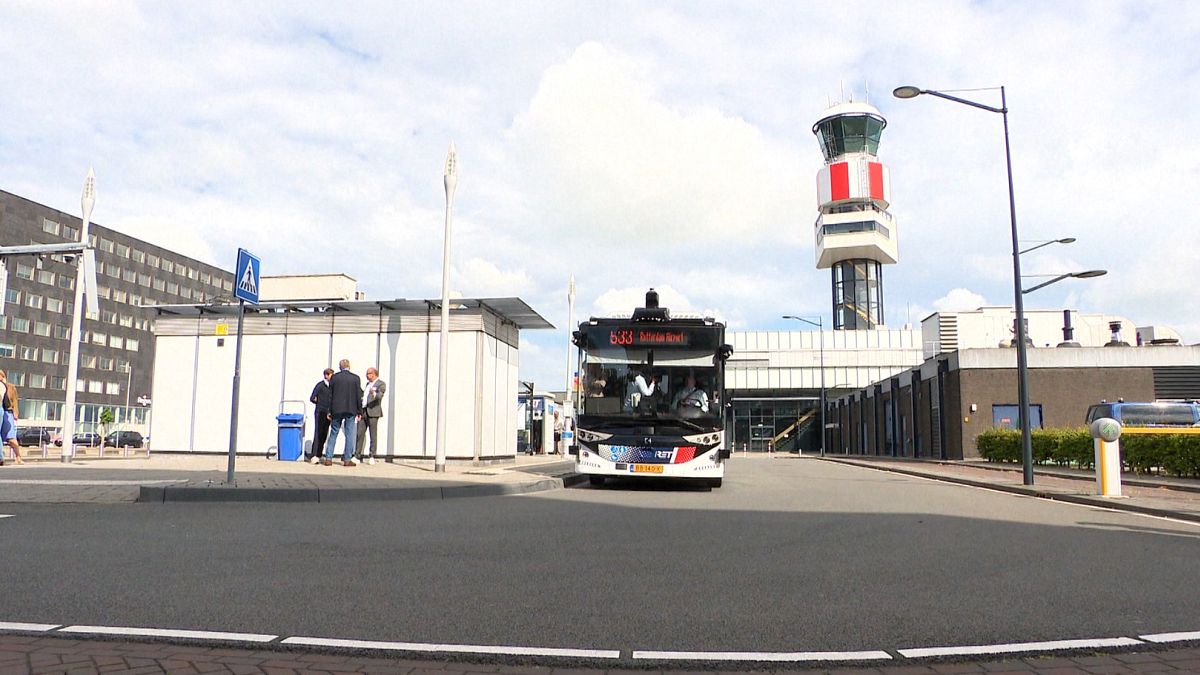

In a remarkable stride towards embracing cutting-edge technology, a flurry of developments across various domains highlights the transformative power of innovation. Whether it is through self-driving buses revolutionizing public transport or robot artists redefining art, these advancements showcase a future filled with possibility and progress.
Beginning this August, the city of Rotterdam in the Netherlands will witness a groundbreaking milestone in transportation as it introduces its first self-driving bus. This autonomous vehicle will traverse public roads, marking a significant step forward in the integration of driverless technology into everyday transit systems. This initiative represents the Netherlands’ commitment to innovation, paving the way for more eco-friendly and efficient modes of transport. The self-driving technology promises reduced traffic congestion and improved safety, offering a glimpse into a future where the daily commute becomes a seamless experience.
Meanwhile, in a striking confluence of technology and art, Ai-Da, the world’s first ultra-realistic robot artist, unveiled a unique portrait of King Charles III at the United Nations. Equipped with sophisticated cameras in her eyes and an agile robotic arm, Ai-Da captures her human subjects with unprecedented precision. This event not only emphasizes the potential of artificial intelligence in creative fields but also challenges traditional notions of artistry and craftsmanship. Ai-Da’s work celebrates the symbiotic relationship between humans and machines, fostering a dialogue about the evolving landscape of creativity in the age of AI.
In the realm of technology manufacturing, Taiwan Semiconductor Manufacturing Company (TSMC), the globe’s largest contract chipmaker, reported a substantial 60% rise in its second-quarter profits, driven by a surge in AI chip demand. As artificial intelligence increasingly becomes an integral part of various industries, the demand for high-performance chips is projected to continue on an upward trajectory. TSMC’s financial success underscores the crucial role of semiconductors in powering the AI revolution, opening new avenues for innovation and growth across sectors.
In support of such technological advancements, the European Commission has pledged significantly to research and innovation by nearly doubling its allocated budget in its long-term financial plans. Despite some lobby groups expressing concerns that the funds may fall short in addressing all technological demands, this commitment reflects a broader recognition of the importance of sustained investment in research to maintain a competitive edge in a rapidly evolving global landscape. Such financial backing is essential for nurturing groundbreaking projects and fostering a culture of innovation that benefits society at large.
Collectively, these developments portray a world steadily moving towards a future where technology augments human potential and creativity. From enhancing public infrastructure with driverless vehicles to reshaping art and manufacturing landscapes through AI, the momentum of progress encourages a harmonious blend of tradition and innovation. As we stand on the cusp of technological transformation, these advancements not only offer solutions but also inspire a thoughtful dialogue on the kind of world we wish to build – one marked by sustainability, creativity, and shared prosperity.
Source: {link}
